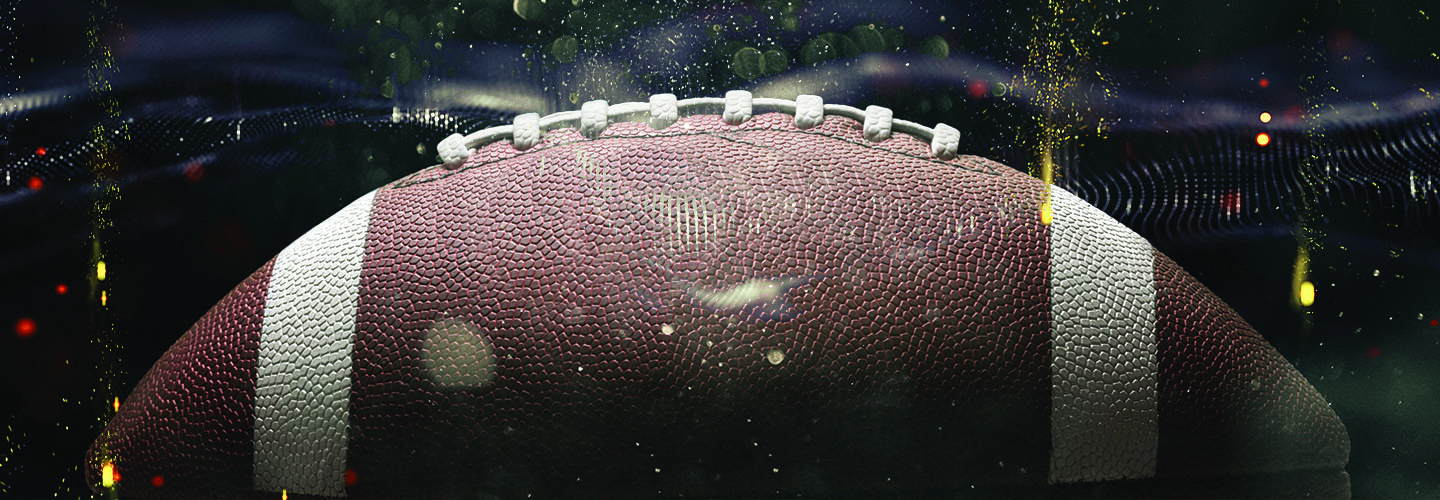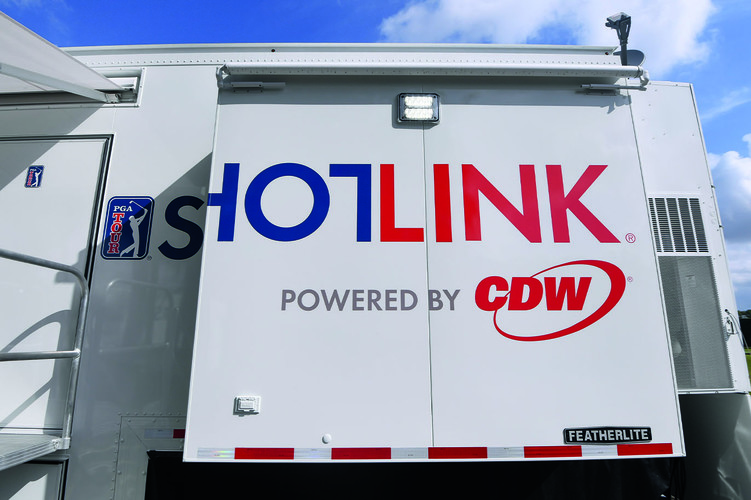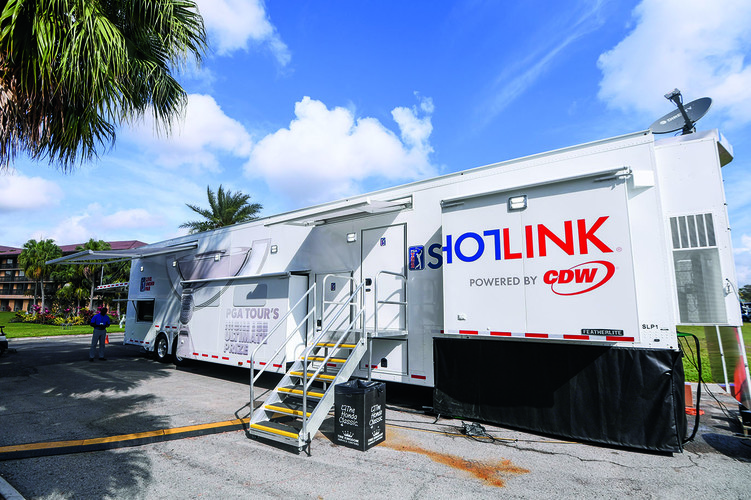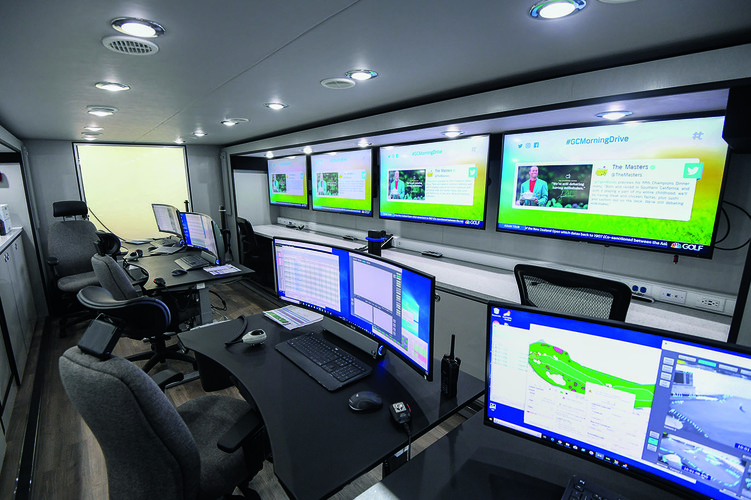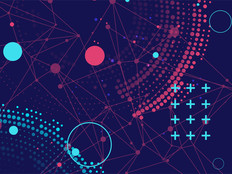Safety First for Sports Leagues Amid Pandemic
Teams and leagues are adhering to strict health and safety protocols and have used various technologies to keep operations running during the pandemic — and to keep players, coaches and employees safe as they return to action.
Media, for example, were banned from locker rooms when Major League Baseball made its return in late July. Sports reporters used videoconferencing equipment to interview players and coaches remotely.
Teams are also taking advantage of mobile apps, social media and other technology to better engage with fans, particularly because sports leagues — with the exception of NASCAR — have not allowed fans to attend.
In fact, leagues are trying to re-create the atmosphere of packed stadiums and arenas. Some leagues are using technology to allow fans to cheer from home, piping the noise into stadium speakers in real time.
In Denmark, for example, one soccer team installed large video screens in the stands that surround the field, and through Zoom, players can see and hear fans cheer and boo during matches. Meanwhile, Japanese baseball and soccer leagues have experimented with a smartphone app that allows fans at home to press buttons or shake their phones to make noise that is broadcast into the stadiums.
The NBA installed video boards surrounding its basketball courts, so fans can attend virtually when the league restarts its season. In baseball, the Arizona Diamondbacks invite fans to log in to a Zoom conference during the seventh-inning stretch, so they can sing “Take Me Out to the Ballgame” and be shown live on Chase Field’s video scoreboard.
“For fans, these technologies allow them to feel close to the action and show their support. And for athletes, no one wants to play in an empty stadium. It’s important to feel some of the energy and spirit of the fans,” says Michael Goldman, associate professor in the University of San Francisco’s sports management program.


